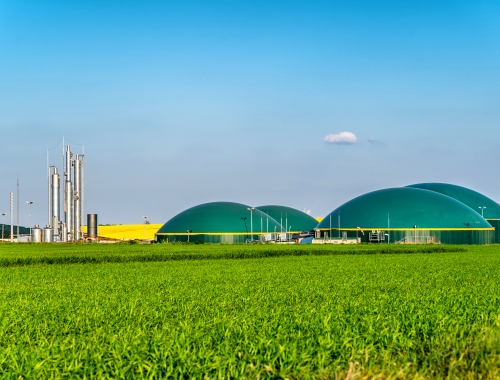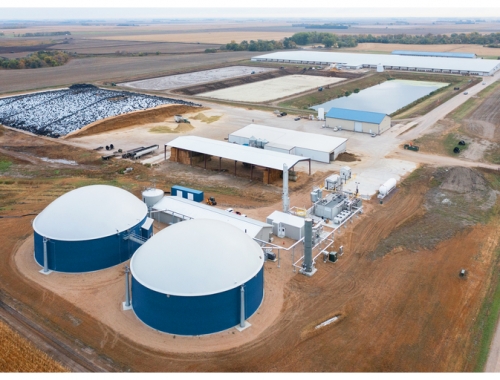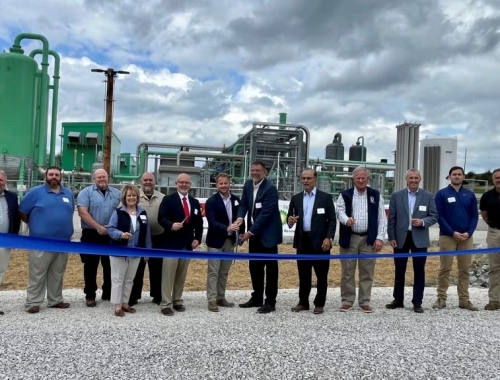US RNG capacity grows 24% in 2021, new study says
SUMMARY
There are 230 RNG facilities already in production.
By Callum CyrusUS renewable natural gas (RNG) production capacity increased by 24% last year to 574mn diesel gallons, according to new research from sustainable energy research body Energy Vision.
The figures were revealed on March 4 by Energy Vision, which compiled the data on behalf of the US energy department's Argonne National Laboratory for its 2021 annual RNG report. Its analysis shows the number of operational RNG facilities rose by 46% over 2021 to 230. A further 108 are undergoing construction, with at least 80 in the planning phase.
Energy Vision says producing RNG from methane emitted from organic sources like landfill and manure could reduce the country's total methane discharge by 15%, fulfilling half of the national 2030 reduction target of 30%.
The New York-headquartered think tank expects "robust" RNG capacity growth to continue. Organic producers and agriculture account for 53% of overall methane emissions, it says, compared with 37% produced by fossil fuels including oil and gas.
If the US delivers its full RNG production capacity, it could replace over 25% of current vehicular diesel demand. That, however, would mean opening 30 times more capacity than at present, Energy Vision said.
"There are literally millions of leaks in fossil fuel infrastructure to plug up," said Energy Vision founder Joanna Underwood, "By comparison, there are a few thousand major sources of methane-emitting organic wastes [in the US]."
"We know where they are and we can address them now by producing RNG. That would create tens of thousands of new permanent jobs - a win-win situation," Underwood said.
Speaking for the Argonne National Laboratory, project manager Marianne Mintz said RNG would lead to significant decarbonisation of heavy-duty vehicles. "This new Energy Vision assessment shows how rapidly RNG production is ramping up to meet that challenge," she said.








